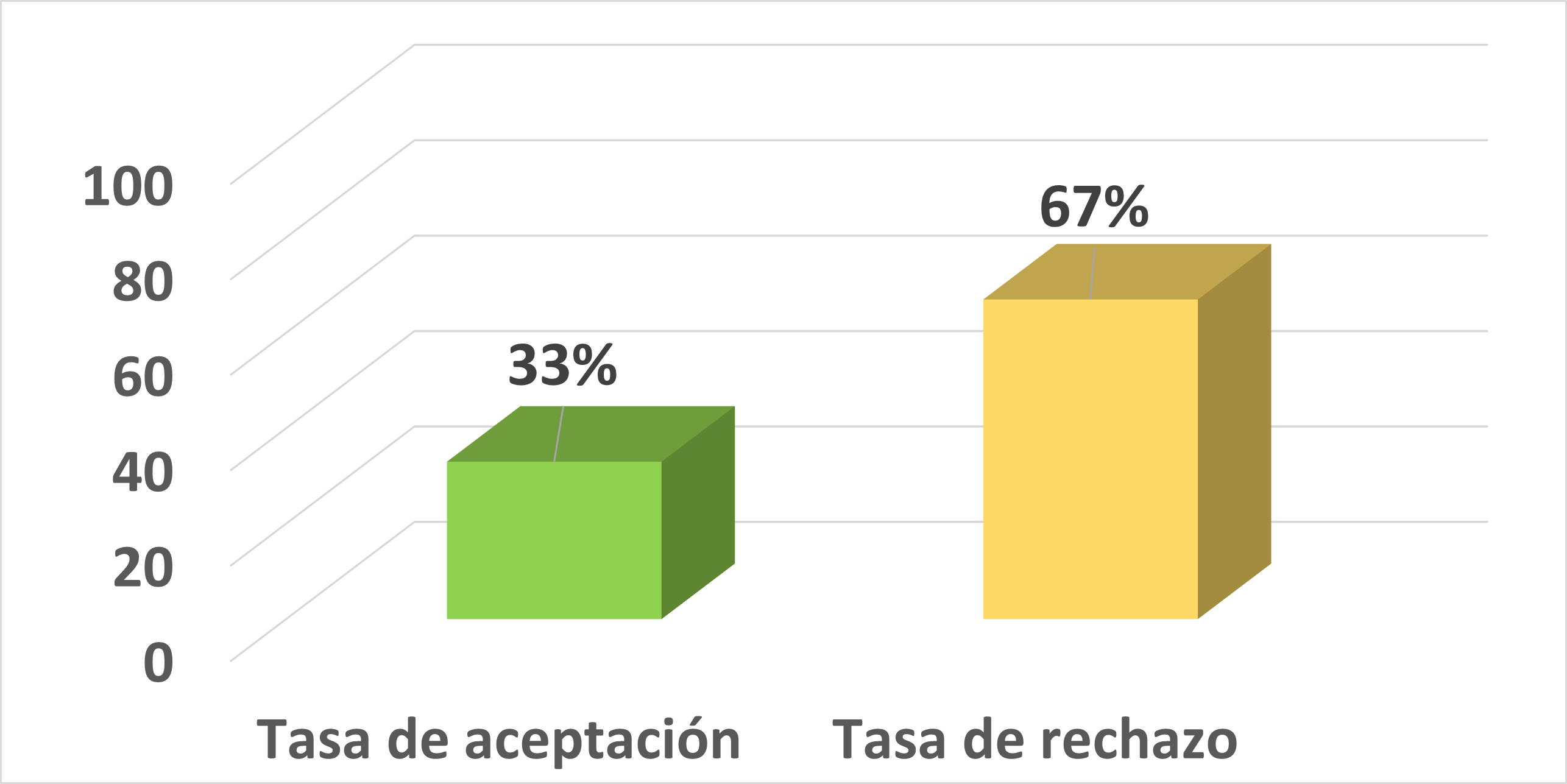Forest enrichment experiences in secondary forest in the watershed “The Padmi”, Zamora Chinchipe-Ecuador
Keywords:
Growth, plantation, forest enrichment, conservationAbstract
This research contributes to the management of suitable and reliable species for forest enrichment, which impacts the management of secondary and primary forests, forest plantations, according to physiographic and ecological characteristics of southern Ecuadorian Amazon. Growth potential was assessed in 195 plants: 75 of Cedrelinga cateniformes, 45 of Cedrela odorata and 75 of Schizolobium parahyba through analysis of forest variables such as: survival, total height, diameter at breast height, basal area and volume. Likewise, analysis of descriptive statistics, analysis of variance (ANOVA) and comparison tests (Tukey) with a significance level of 0,05 % error was made to demonstrate the effect of the growth potential that developed the three forest species at 11 years of age in secondary forest. The results indicates that from the three species evaluated Cedrela odorata with 85 % of survival is a species of slow growth compared to the other two species tested. Furthermore, it was found that Schizolobium parahyba with 84 % of survival has an enormous potential due to its high growth in height, plant quality, excellent form of stem, goblet and its ability to perform a high volume per unit area. It was also noted that Cedrelinga cateniformes despite having the lowest survival rate (64 %) of the three species, has high growth rate in height and with high economic value is an optimal species to develop forest enrichment systems in secondary forests.References
Aguirre, Z., León, N., Palacios B., y Aguirre N. 2013. Dinámica de crecimiento de 29 especies forestales en el Jardín Botánico El Padmi, Zamora Chinchipe, Ecuador. CEDAMAZ. Volumen 3 (1):18-36.
Arriaga M; Cervantes G; Vargas M. 1993. Manual de Reforestación con Especies Nativas. Colecta y preservación de semillas, propagación y manejo de plantas. 1ra ed. p- 186.
Cañadas, L. 1983. El mapa bioclimático y Ecologico del Ecuador. MAG-PRONAREG. Quito-Ecuador. 210 p.
CONAFOR. 2007. (Comisión Nacional Forestal). Reforestación. Evaluación Externa. Ejercicio Fiscal 2007. MX. Chiapas. p. 75.
Dawkins, H.C. 1958. The management of natural tropical high-forest with special reference to Uganda Oxford, UK Imperial For Inst Univ oxford 155 p
Delgado A; Montero M; Murillo O; Castillo M. 2003. Crecimiento de especies forestales nativas en la zona norte de Costa Rica. Agronomía Costarricense. Turrialba. CR. p 78.
Guevara, L; Laborde, J; Sanchez, G. 1998. Are isolated remnant tree in pastures a fragmented canopy? Selbyana 19(1): 34:43.
Harvey, C; Guindon, CF; Haber, WA; Hamilton De Rosier, D; Murray, KG. 2000. The importance of forest patches, isolated tree and agricultural windbreaks for local and regional biodiversity: the case of Monteverde, Costa Rica. XXI IUFRO World Congress, 7-12 August 2000, Kuala Lumpur, Malaysia, International Unión of Forestry Research Organizations, Subplenary sessions (1): 787-798.
Infostat. 2014. Infostat versión 2014. Grupo Infostat, FCA. Universidad Nacional de Córdova, Argentina.
Lam, A. 1969. Arti cial regeneration within the humid lowland tropical forest. The Commonwealth Forestry Review 48 (1): 41- 53
Lamprecht, H. 1990. Silvicultura en los trópicos. Deutsche Gesellschaft fur Technische Zusammenartbit. GTZ. Alemania. p 334.
Muller, E. Los bosques secundarios salen a la luz. Actualidad Forestal Tropical 10(4): 16- 18.
OIMT.2002. (Organización Internacional de las Maderas Tropicales). Enriquecimiento y rehabilitación de la propiedad forestal permanente. p 2.
Sierra, R., Ceron, C., Palacios, W., Valencia, R. 1999. Criterios para la clasi cación de la vegetación del Ecuador. En propuesta preliminar en un sistema de clasi cación de vegetación para el Ecuador continental. Quito. ECU.
Smith, J; Finegan, B; Sabogal, C; GonValves Ferreira, M do S; Siles Gonzalez, G; Kop, P van de; Diaz Barba, A. 2002. Bosques secundarios y manejo integrado de recursos en la agricultura migratoria por colonos en Latinoamerica.Turrialba, Costa Rica, CATIE. 33 p. (Serie Tecnica. Informe Tecnico 332. Colección Manejo Diversi cado de Bosques Naturales no. 29).
Trujillo, E. 2007. Guia de Reforestación. Los Arboles: Adaptación, características, madera, usos, rendimientos, silvicultura. 2007. 1 ed. Bogota. CO. p 278.
Velásquez A., Mas F. J., Díaz G. J. R., Mallorca S. R. Alcántara C. P., Castro R., Fernández T., Bocco G., Ezcurra E., Palacio J. L. 2002. Estado Actual y Dinámica de los Recursos Forestales de México. Biodiversidad, número 41, Marzo. Boletín Bimestral de la Comisión para el Conocimiento y Uso de la Biodiversidad.
Weaver, PL. 1978. Enrichment plantings in tropical America In Coference Management of the forest of Tropical America: prospects and technologies (1986, San Juan, PR). Proceedings. p 259-178.
Downloads
Published
How to Cite
Issue
Section
License
Those authors who have publications with this journal, accept the following terms:
- After the scientific article is accepted for publication, the author agrees to transfer the rights of the first publication to the CEDAMAZ Journal, but the authors retain the copyright. The total or partial reproduction of the published texts is allowed as long as it is not for profit. When the total or partial reproduction of scientific articles accepted and published in the CEDAMAZ Journal is carried out, the complete source and the electronic address of the publication must be cited.
- Scientific articles accepted and published in the CEDAMAZ journal may be deposited by the authors in their entirety in any repository without commercial purposes.
- Authors should not distribute accepted scientific articles that have not yet been officially published by CEDAMAZ. Failure to comply with this rule will result in the rejection of the scientific article.
- The publication of your work will be simultaneously subject to the Attribution-NonCommercial-NoDerivatives 4.0 International (CC BY-NC-ND 4.0)









